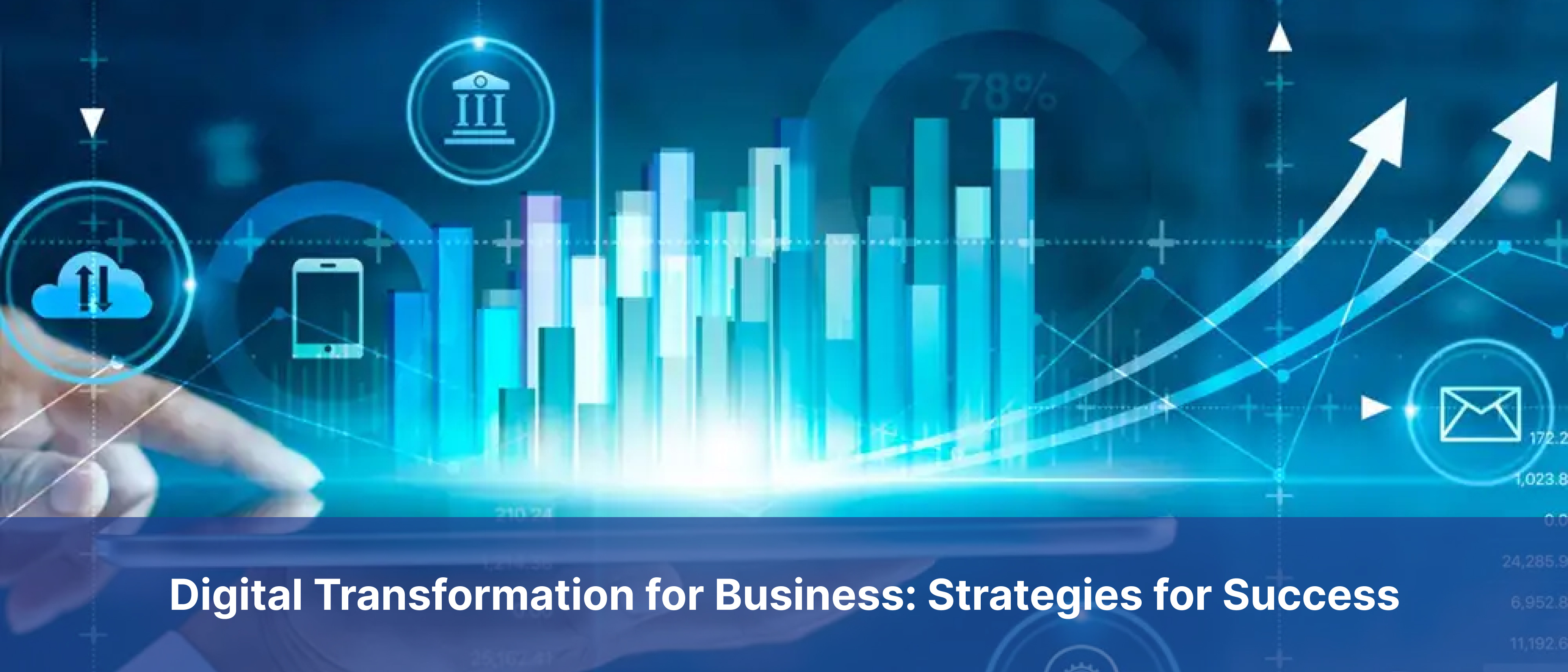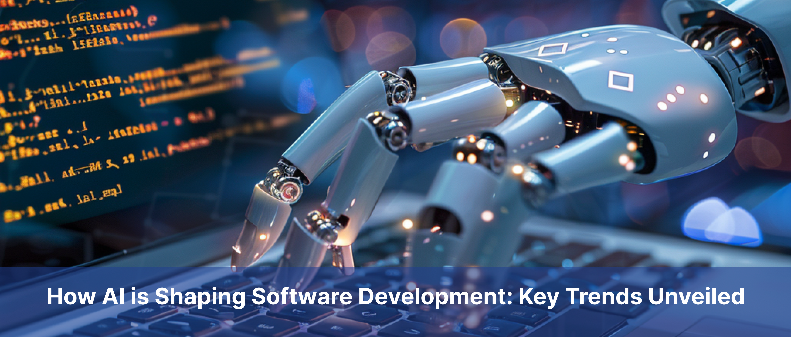Digital Transformation (DX), consider it as a change in philosophy within your company, not like a typical technical project.
It’s a known fact that digital transformation is crucial for the longevity of any business and people are talking about it. But, in spite of all the hype among the, there is hardly a thoughtful discussion on what exactly digital transformation means, or suggesting steps to achieve it. Here, in this article, I am attempting to simply describe the steps that your business should take to adapt digital transformation.
Digital Transformation Defined
The core idea of digital transformation is to create an integrated technology platform that restructures the entire organization. Irrespective of the process and department, all the data and analytics are centered only on one thing that is business improvement. The crucial advantage to digitization is the fast-tracked manner in which a business can embrace to new changes as well as opportunities.
Digital transformation (DX) isn’t just a typical IT project and isn’t all about implementing innovative technologies. Rather, it should be considered as a change in philosophy in your enterprise. This may sound complex and undeniably you can lose your way in the technical details. However, the adapt to digital transformation practice can be broken down into four steps.
Essential 4 Steps to Adapt to Digital Transformation
#1 Opportunity for Digitization
One major and common misconception about the digitally transforming a business lies in the real scope of the work which should be undertaken. It doesn’t imply boosting efficiencies in just one or two business areas. Not, it is only about developing the business from a sole viewpoint, for example, customer experiences. Rather, the scope should cover the whole business end to end. What it means is that you have to find promoters of your digital transformation journey within each and every department of your enterprise. It is all these subject-matter professionals that will be accountable for pushing out the procedures and processes which will ultimately be digitized into a unified, larger technology platform.
#2 Begin from the Scratch
When initiating the digital transformation process, it is effortless to take the procedures and processes which are in place now, and simply effort to transfer them onto more sophisticated technologies. Rather, the best decision is to permit your subject-matter professionals the creativity and flexibility to question themselves about recreating the business today and what effect does it show on the business. More likely, your business is currently developed on inefficient and outdated platforms and processes. It turns out to be a great implementation in finding and excluding problematic areas in your current business approaches. Also, it helps to locate data, systems and technical expertise you will ultimately need to attain.
#3 Develop Your Transformation Platform in Line to Production
As you travel down the journey of digital transformation, more likely you will discover that the updated processes and technologies to run your business will interrupt current operations negatively, if they were solely jam-packed in during the course of different stages of the migration process. For this very reason, it is highly important to build the digital transformation systems in parallel. With this, you can modify and methodically assess the new business processes from end-to-end. Though this may not be feasible completely up to some extent, the whole parallelism must be considered the as the final goal to achieve. Beneficially, technologies like virtualization and cloud computing help you attain this step much easier than before.
#4 Focus On Continuous Improvement
The way that we’re discussing the need to totally change your current business must be a clear sign that whatever the business platform you finish up building, it should be facilitated with the ability for continuous development. The objective of unifying and digitizing all the business aspects is that it not only becomes more capable and efficient of carrying out advanced analytics, but also should be flexible to unexpected changes. The current business systems should be capable to adapt the business changes. Bear in mind, once the business is completely digitized; any new goals and strategies in the business must be responsible from a technological perspective. All the infrastructure and applications must be developed with API’s which enable the easy movement and migration of data. After all, this is all about collection and analysis of data. As long as collected data is flexible for consumption on future systems and for the future practices that will efficiently future proof your platform.
This is a four-step fool-proof approach to digitize your business. Do you have any ideas to add or some thoughts to share? Please leave them in the comments section.
.png?width=882&height=158&name=882x158%20(1).png)



